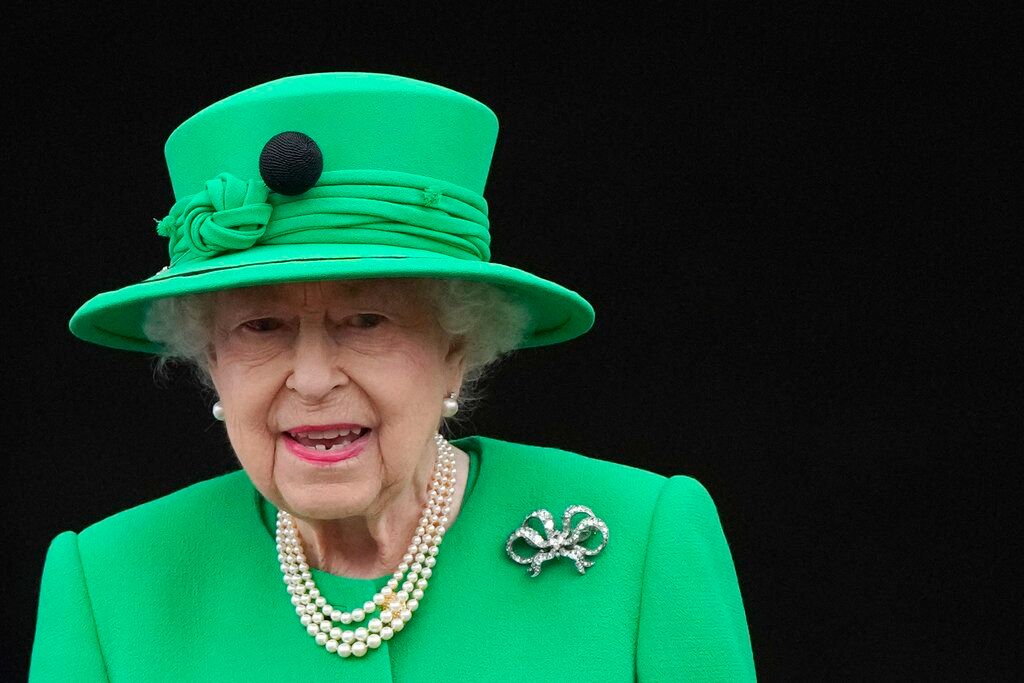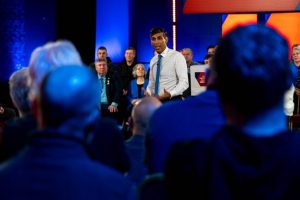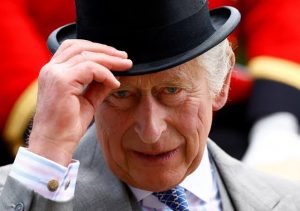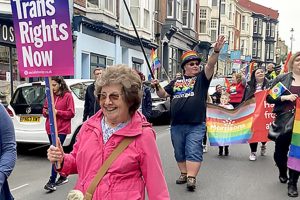The UK will uncover on Monday who will serve as the nation’s new prime minister. The leading candidate to succeed Boris Johnson and lead the country as it battles a worsening cost-of-living crisis is Liz Truss.
14 prime ministers have served Queen Elizabeth II over her 70-year reign. From Winston Churchill through Iron Lady Margaret Thatcher, many partnerships were forged, and some of them proved more challenging than others.
Also read: Who is Queen Elizabeth II?
Even if the majority of their political and interpersonal discussions are completely confidential, memoirs and previous encounters shed light on their ties.
Winston Churchill (1951-1955): The Queen was rumoured to be in awe of Winston Churchill, her first prime minister. When asked which Prime Minister she liked to meet with most, she once responded, “Winston of course, because it’s always such fun.”
Anthony Eden (1955-1957): The relationship between Her Majesty and her second prime minister was one of constitutional propriety, and she found him to be a sympathetic listener. The Suez crisis was the biggest political incident that took place under Eden’s reign. He shared all of the Suez files with the Queen during this time because he thought it was crucial to keep her informed. This was the first time she had ever been viewed a classified government document.
Harold Macmillan (1957-1963): Initially tough for the Queen to deal with, they soon warmed up to one another. Both throughout his tenure in office and after his retirement in 1963, Her Majesty turned to Macmillan for his astute advice.
Alec Douglas-Home (1963-1964): Douglas-Home was well-known to the Queen because the Queen Mother had known him as a little child. In order to rebuild her informal relationship with him, Her Majesty put a lot of effort into it. Douglas-Home assisted the monarch in giving the names of various royal horses during his one year in office.
Harold Wilson (1964-1970, 1974-1976): Wilson, who was born into a lower-middle-class family, was the first Labour Party prime minister to serve as monarch. Wilson, who is pictured here sitting right next to Prince Philip, frequently defied convention and revelled in helping clean up after barbecues at Balmoral, one of the Queen’s palaces. But the Queen warmed to Wilson’s easygoing presence and, after their initial meeting, made the unusual invitation for him to stay for refreshments.
Edward Heath (1970-1974): The relationship between Her Majesty and Heath was tumultuous, especially given how drastically they disagreed with their worldviews. Heath was in favour of European integration, although the Queen valued her position as Head of the Commonwealth highly.
James Callaghan (1976-1979): The Queen and Callaghan got along famously, although Callaghan observed that she gave him “friendliness, but not friendship.” Callaghan discussed the time he solicited her Majesty’s opinion since he couldn’t decide in an interview with BBC’s David Frost. He claimed the Queen remarked, “That’s what you’re paid for,” with a “twinkle in her eye.”
Margaret Thatcher (1979-1990): Even though Thatcher and the Queen were the same age, Thatcher kept their interactions formal, businesslike, and infamously stiff. The monarch and the Iron Lady, as she became known, apparently did not get along during their regular weekly meetings. Thatcher also saw her yearly trips to Balmoral, the royal residence, as interruptions to her job. Nevertheless, Thatcher is claimed to have shown the Queen a great deal of respect and went on to serve as her prime minister for the longest time.
John Major (1990-1997): Throughout his presidency, John Major and the Queen supported one another. He experienced the Gulf War and economic downturns, while she experienced a fire at Windsor Castle and the marital issues of her son Charles, the Prince of Wales, and his wife. They also experienced many more disasters together.
Tony Blair (1997-2007): Blair was determined to modernise the monarchy’s relationship with the UK because he saw it as an outdated institution. He made fun of the yearly custom of paying a visit to the Queen at the royal residence in Balmoral in his book A Journey, noting “the vivid combination of the intriguing, the surreal, and the utterly freaky. The whole culture of it was totally alien, of course, not that the royals weren’t very welcoming.” Blair’s friendship with U.S. President George W. Bush was apparently seen as too cordial by the Queen.
Gordon Brown (2007-2010): Brown and the Queen are thought to have had a close relationship, but that didn’t get him an invitation to Prince William’s wedding. But occasionally Her Majesty would playfully simulate his Scottish accent.
David Cameron (2010-2016): It seems that David Cameron and the Queen had a cordial relationship. He is not only the Queen’s youngest prime minister; the two of them are also related. He is the Queen’s fifth cousin twice removed because he is a direct descendent of King William IV.
Theresa May (2016-2019): May succeeded Cameron as prime minister of the UK, becoming the country’s second female leader. Although little is known about their private lives, the two are said to have gotten along well during the three years May served as president. Prior to giving her notice to the Queen, May spoke to the media and called becoming prime minister “the greatest honor.”
Boris Johnson (2019-present): There have been numerous rumours about Johnson’s connection with the Queen, not the least of which is the fact that Johnson had to twice apologise to the monarch, most recently after it came to light that celebrations were held at No. 10 Downing Street on the eve of Prince Philip’s funeral while the rest of the country was under pandemic restrictions. According to reports, the second apology was given in 2019 for the improper prorogation of Parliament.







